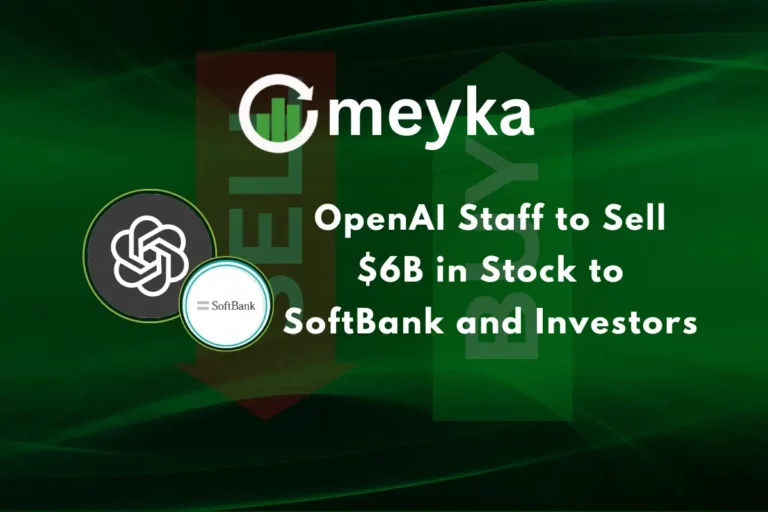Vishal Sikka vs Narayana Murthy Clash: $45 Billion AI Opportunity Lost
Infosys is a giant in IT services. In 2014, the firm hired Vishal Sikka as its first non-founder CEO. He arrived with a clear aim: to move Infosys from pure services into AI, automation, and product-style platforms. Sikka pushed hard for new AI tools such as Mana and later Nia. These platforms were meant to turn Infosys from a contract shop into an innovation leader.
But the boardroom grew tense. Narayana Murthy, the company founder and moral anchor, openly raised worries about governance, high p, ay and rapid cultural change. What began as an internal debate became a public argument. The rows distracted the company for years. In mid-2017, Sikka resigned, saying he could not lead amid “continuous distractions.” That exit left a gap in momentum just as AI was taking off.
What Vishal Sikka wanted, and why it mattered
We should be clear about Sikka’s bet. He wanted Infosys to own IP. He wanted products that clients could buy, not only projects that clients would hire staff to run. Mana and Nia were built to automate work, mine knowledge, and deliver repeatable AI services at scale. If successful, this shift could have created long-term revenue streams and higher margins for Infosys.
Sikka later left and built Vianai to keep pushing enterprise AI. He remains a vocal supporter of wide AI adoption. His move shows he believed enterprise AI was a generational chance.
Why Murthy pushed back
Murthy is a founder who cares about values, rules, and fair pay. He saw some of Sikka’s ideas as risky. He also flagged certain deals and pay packages that he thought needed closer review. For Murthy, unchecked change threatened an ethical culture that he had spent decades building. That clash of values is common when a founder hands power to an outsider. The difference here was how public and sharp the disagreement became.
The moment that haunts the debate: a lost “what if”
In recent years, commentators and some business writers have claimed that Infosys passed on a chance to make an early, large investment in OpenAI or similar AI ventures. They say a roughly $1 billion early stake could today be worth many billions; figures like $45 billion have been quoted in headlines and opinion pieces. These are speculative “what ifs,” but they show how big the perceived prize looks now. We must treat those numbers as commentary, not settled fact.
Still, the core point stands: while leaders argued, rivals invested and scaled. Competitors such as TCS, Accenture, and IBM accelerated AI offerings. Infosys’ public management fight shifted time and energy away from a rapid, bold push into new markets. That cost is hard to pin down, but it mattered.
How the clash slowed AI progress at Infosys
Distraction hit three key areas. First, board and media attention diverted executive focus. Second, uncertainty slowed big strategic bets. And third, talent worried about the company’s direction. When teams lose clarity, product roadmaps slip. Clients smell that instability and may shift to steadier partners. The result was a slower AI rollout compared with some peers.
What the market looked like then, and now
AI markets have exploded. Global AI spend and AI-as-a-service numbers rose fast after 2017. Estimates differ by source, but most forecasts show multi-billion dollar growth and very high CAGR figures for AI categories. India’s own AI market has since gained momentum and now counts as a sizable part of global talent and services. Missing early platform bets in that window meant missing outsized future returns.
Can Infosys catch up?
The short answer: yes, but it is not easy. Under Salil Parekh, Infosys launched Topaz, an AI-first initiative, and continues to invest in cloud and generative AI solutions. The firm also publishes annual reports stressing responsible and large-scale AI adoption. These moves show intent to rebuild leadership in AI services. But catching up requires bold deals, fast productization, and deep trust between board and management.
Lessons we can take from the clash
- Align values and vision early. Founders and new leaders must agree on the roadmap.
- Governance matters, but it should not stifle strategic bets. Clear guardrails can let bold projects move forward without sacrificing oversight.
- Speed wins in new tech. Delays let competitors take market share and client relationships.
- Communication is key. Public fights cost reputation and talent.
These are universal lessons for firms that face big technology shifts. We all lose when governance and growth become a tug-of-war.
Conclusion
The Vishal Sikka, Narayana Murthy clash is a mix of vision and values. Sikka pushed for a fast AI pivot. Murthy pushed for careful governance and culture. The dispute cost focus at a crucial time. Whether that gap equals exactly $45 billion is a debate for analysts and headline writers. What is clear is this: when leaders fight in public, firms risk losing more than headlines. They risk missing the next big wave. If Infosys and other firms want to lead in AI, they must blend courage with checks and innovation with ethics. Only then can technology serve people and businesses together.
FAQS:
He resigned amid a public clash with founders, especially Narayana Murthy. The conflict covered governance issues, high executive pay, and strategy disagreements. He said “continuous distractions” blocked his work.
He founded Vianai Systems in 2019. He leads to building of human-centered AI tools and platforms for companies.
The CEO is Dr. Vishal Sikka. He is also the founder and leads the company’s strategy and product efforts.
Disclaimer:
This content is for informational purposes only and is not financial advice. Always conduct your research.






